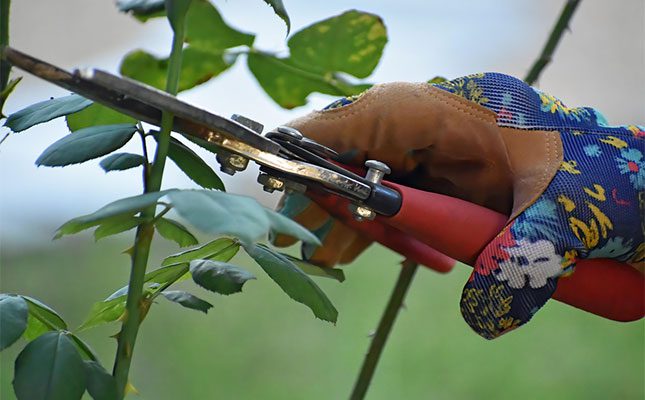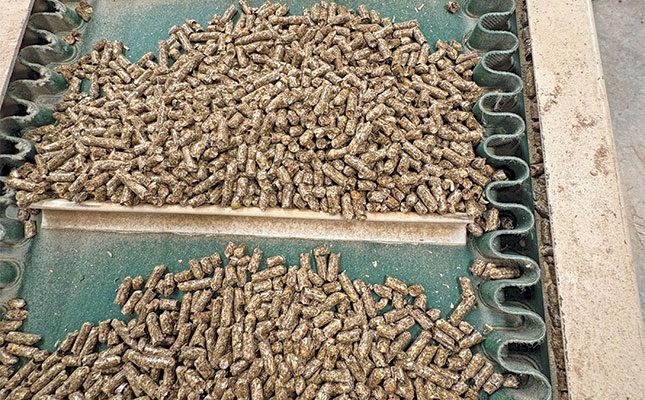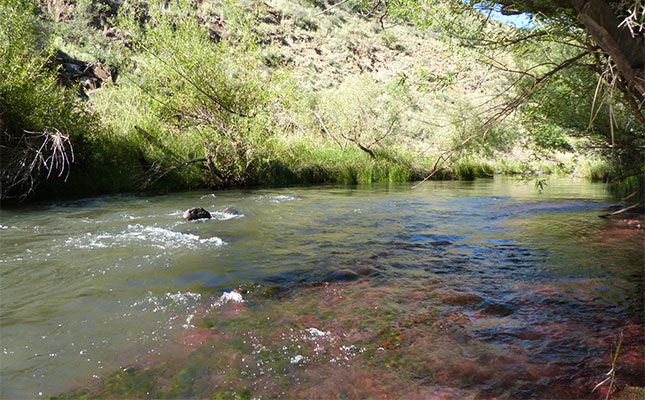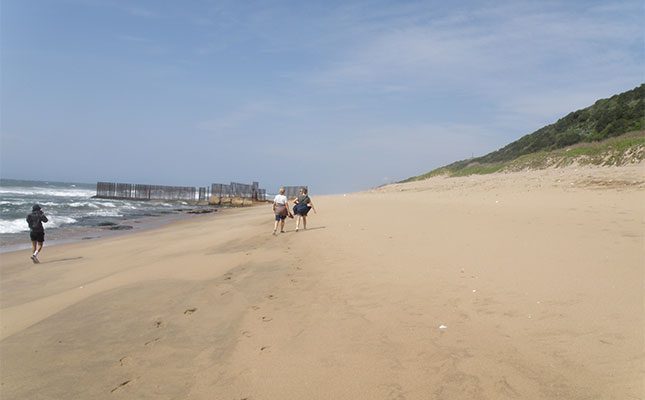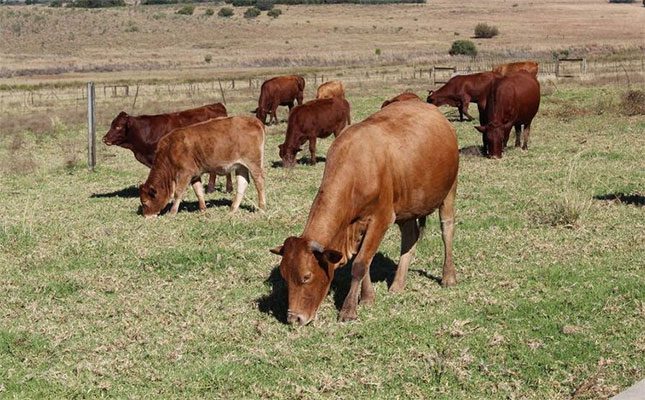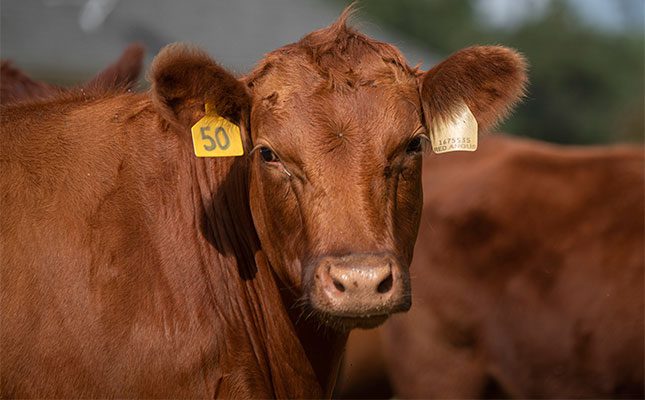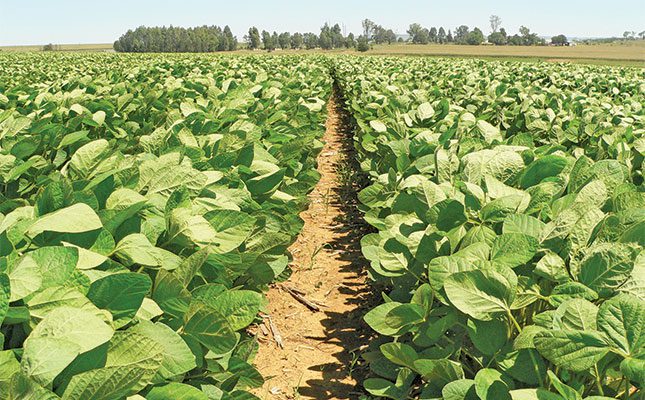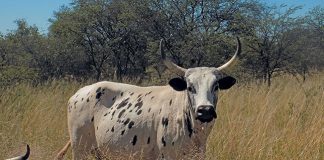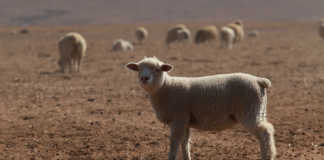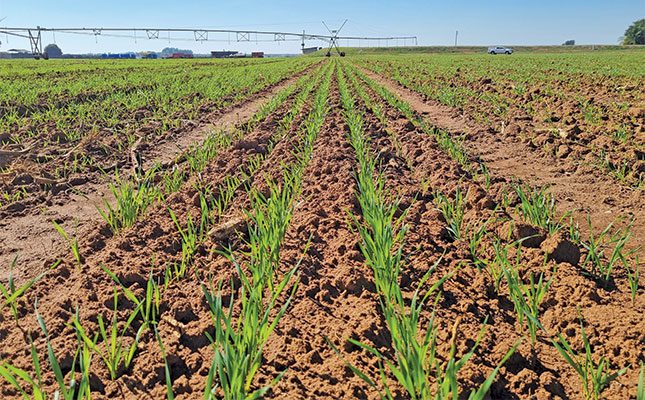
Photo: Syngenta seeds/ Stephan de Groot
Although there is no single soil management practice that is applicable to all cereal production areas in South Africa, some universal aspects remain important for profitable wheat production.
“Successful cereal production is determined by the interaction of many factors, such as climate, soil cultivation and preparation, disease and pest prevalence and management, the use of suitable varieties for the specific area and production system, as well as management practices,” says Stephan de Groot, breeding project lead for wheat at Syngenta Seeds.
He says farmers need to critically consider the different cultivation operations required to create the optimum seedbed.
“Conventional tillage is recommended for wheat-on-wheat cropping cycles to reduce the chance of root diseases in the crop. However, it leaves the soil vulnerable to wind and water erosion.”
De Groot adds that in some areas where irrigation schemes are used, farmers practise continuous wheat-maize cropping, either growing maize in summer followed by wheat in winter, or planting wheat after maize for successive seasons without rotating with other crops.
This can have dire consequences, such as a decline in soil fertility, leading to reduced yields in both crops.
Conservation tillage can reduce the probability of wind and water erosion but can lead to excessive plant residues on the surface that make planting very difficult.
While a large build-up of mulch has benefits, it can promote rootborne diseases. Conservation tillage is suited to a rotation that includes legumes, summer crops like maize, and fallow periods if many pivots have been established, as can be found in larger farming operations, says De Groot.
Conservation agriculture means no soil preparation
“We practise conservation agriculture in the Western Cape, so there is no soil preparation before planting the winter crops, other than weed control,” says Prof Johann Strauss, head of conservation tillage at the Western Cape Department of Agriculture, stationed at Elsenburg.
According to him, anyone who bases their farm management practices on crop rotation, minimum soil disturbance, and maximum crop residue retention can be considered a conservation farmer.
Producers who follow conservation agriculture principles rely on seed-drill equipment like tooth or disc planters that place seed directly into the soil.
The reasons for soil preparation in some areas include alleviating soil compaction, improving water filtration, and minimising water run-off. Soil preparation is done prior to planting to prepare the seedbed for the finer cereal seed.
However, the main reason is to create improved conditions for root development and the uptake of water and nutrients.
Lands under irrigation
Farmers who use irrigation normally perform a full soil preparation after harvesting the summer crop between March and July.
“Farmers will work the crop residue into the soil. A disc harrow is then used to refine the seedbed and level the soil,” explains De Groot.
Before planting wheat in winter in the central parts of South Africa, the fields will be ripped during spring or early summer.
The aim is to loosen the soil structure, decrease the bulk density of the subsoil without turning or mixing soil horizons, and facilitate deeper rooting and plant nutrient availability.
According to De Groot, apart from weed control, no other major cultivation will occur.
Moisture from the summer rain will be contained in the soil to be available at planting from May to July.
Hannes Bruwer, of Genade Boerdery near Hopetown, and the 2024 Agri Northern Cape Young Farmer of the Year, says they plant wheat or other cereal crops as part of a rotation system.
Since they farm in an area known for its extreme heat, they are able to follow a double-cropping system by planting a summer crop in summer and directly following up with a winter crop.
Their winter plantings comprise wheat (50%), lucerne (25%), and beetroot and onions (10%), with the remaining 15% of the fields resting in any given cycle.
“The main determining factor for us when deciding when and what to plant is the availability of water,” he points out.
Genade Boerdery spends a great deal of funds and resources on water drainage every year.
“All fields are equipped with drainage ditches, but even that is not enough to drain the fields after a very heavy rainstorm.
“We use laser technology to help level our fields so that we can utilise more fields and reduce flood damage,” explains Bruwer.
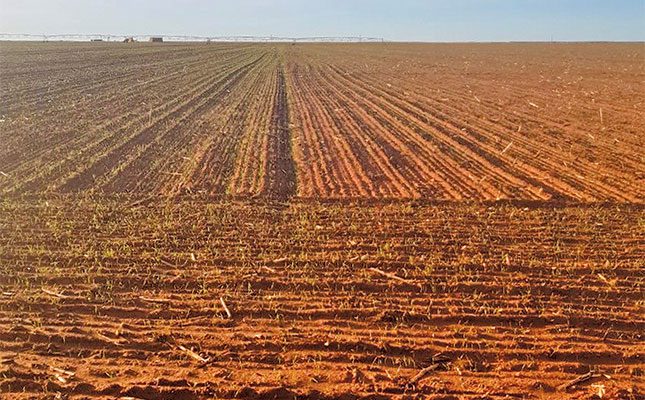
To properly determine yield potential, all soils have been mapped according to their chemical and physical characteristics. Fertilisation is planned according to the planned crop, each field’s soil status, harvesting data, and yield targets, as well as results from leaf samples taken later in the season.
“We do annual soil analysis after harvesting our summer crops and do corrections by applying fertiliser through a variable rating system in winter before planting our winter crops,” says Bruwer.
He adds that they use satellite imagery to do additional analysis of their crops so that they are able to do timeous corrections during the season.
After harvesting summer crops like maize, most of their fields will lie fallow for a month or so. Before planting winter cereals, they start their soil preparation by ripping to a depth of 350cm to 400cm.
“It is especially important to aerate sandy soil,” explains Bruwer.
According to him, they only rip once a year, and always before planting winter cereals: “For soil preparation, we use a ripper with closely spaced teeth to cut, open, and rip the soil, thus preparing an ideal seedbed while incorporating fertiliser.
“The deeper tilling enhances our sandy soil structure for optimal planting conditions. The smaller inter-teeth spacing leads to better compaction relief and improves the flow and mixing of soil and plant residues.”
In fields where they struggle with water, they use a Lemken Karat implement in winter to incorporate maize residues into the soil before planting wheat. “This tine-combination implement manages the organic residue. The full-surface cutting during the first flat stubble cultivation in a single pass ensures the even seedbed that wheat requires for optimum emergence and yield.”
Bruwer stresses that it is important to incorporate the stubble into the soil: “The Karat works the residue nicely into the soil, thoroughly mixing it so that it decomposes to enrich the soil and improve its texture. The ineffective mixing of plant residues with soil can cause a breeding ground for fungi.”
After the wheat is harvested, plant residues are left on the fields to minimise wind damage. Maize is planted directly in the wheat or other cereal stubble.
Bruwer also points out that working plant residues into the soil improves its organic composition: “Soil rich in organic material is cooler and conserves moisture.”
Rotating lucerne, wheat, and maize
Hilton Megaw from Douglas in the Northern Cape won the Grain SA Grow for Gold competition for wheat production under irrigation in the southern irrigation areas, with a yield of 11,18t/ha using the SST 8205 Sensako variety from Syngenta.
In his crop rotation system, he plants lucerne followed by wheat, and will plant maize for the next three years, after which he follows up with lucerne again.
With regard to soil preparation for wheat, he will rip the soil to a depth of 500mm, after which he will prepare a firm seedbed. “I try to plant in wet soil so that the seed can germinate as soon as possible after planting. I will, however, make sure that the soil is not too wet,” he says.
After ripping the soil, he prepares the seedbed with a power harrow. If the seedbed is slightly dry, he will first ensure that the first 75mm are fairly moist before planting.
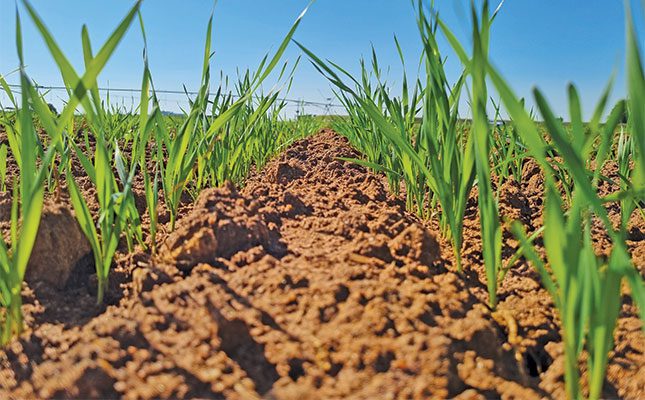
“In ideal conditions, I let the soil dry out slightly, where the moisture is just below the surface, and then plant. I have, however, tried to roll the soil with a Cambridge roller after the ripping, but it wasn’t as effective as the power harrow,” he explains.
Megaw plants the seed to a depth of 10mm to 15mm. “A firm seedbed is very important to get a very even seed spread while planting,” he stresses.
After emergence, a mixture of gypsum and manure from layer hens – 1t each per hectare – is spread.
Soil samples are taken on an annual basis and combined with the harvesting data to determine which nutrients and how much thereof to apply. As a standard, Megaw will apply 1t of chicken manure and 1t of lime on all his wheat fields three weeks after germination.
A mixed farming operation
Ross Braithwaite won the Grain SA Grow for Gold Yield competition category for wheat production in the northern irrigation areas, with a yield of 11,27t/ha with the SST 8205 variety.
He farms on the farm Noodhulp and operates a true mixed farming enterprise comprising maize, wheat, soya bean, potatoes, cabbage, and cover crops. They also buy in beef weaner cattle, which they grow out and finish in a feedlot.
They implement a crop rotation system in the following sequence: maize – soya bean – wheat – cover crop – grazing.
Braithwaite says they do not send livestock onto the wheat lands after harvest, as they plant maize straight after the wheat is harvested.
“We send the livestock onto the fields after the maize harvest and onto the cover crop fields for winter grazing,” he explains.
They practise minimum tillage as far as possible. “Maize and soya bean are planted under no-till conditions, but when it is necessary, areas of compaction will be worked with an in-line ripper as we don’t want to disturb the soil structure,” he explains.
For more info email Stephan de Groot at [email protected], and Hannes Bruwer at [email protected].

